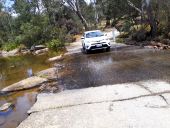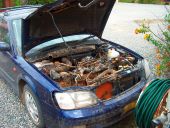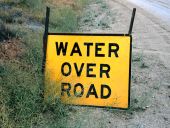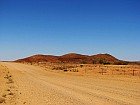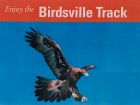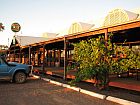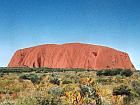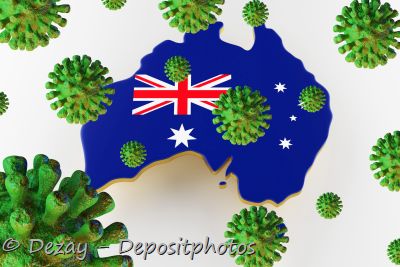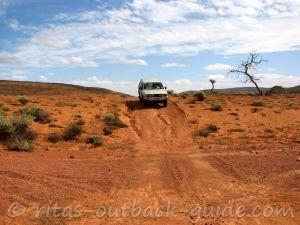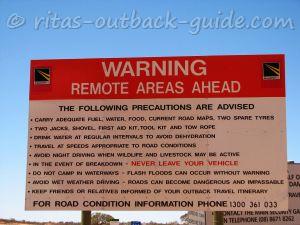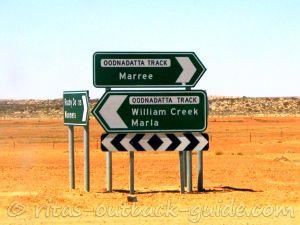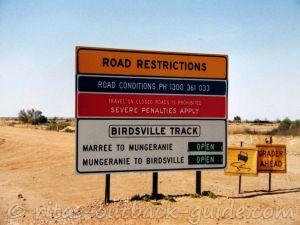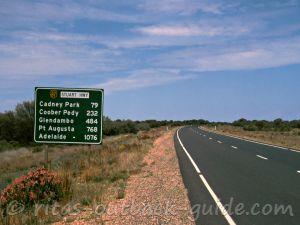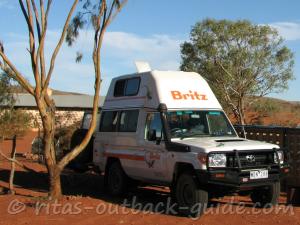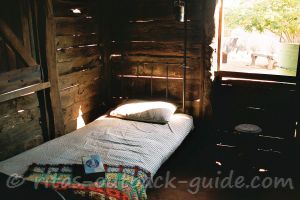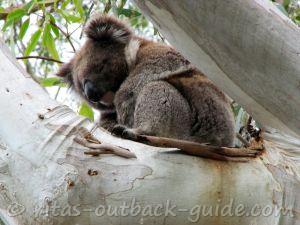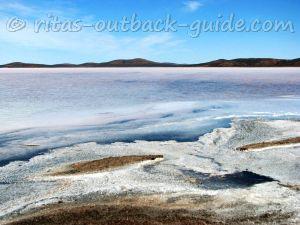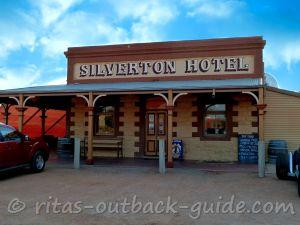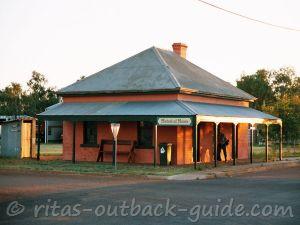Outback survival - Class Project
by Sharayah
(Corvallis, OR USA)

Quandong Tree
Hi Rita,
I am a college student at Oregon State University in Oregon, USA, and happened upon your website.
I have a paper due in about a week that asks us how to get food and water while in the Australian outback. I have never been to Australia and figured you would be my best source for first-hand information. Any information or sources you could lead me to would be of great help!
Thank you in advance! I really appreciate it!
Sincerely,
Sharayah L
Rita's reply to Outback Survival - A class project
Hi Sharayah,
this is an interesting question. I reckon you don't ask where to buy water and food in the Australian Outback. This would be too easy. Even the smallest roadhouse where you get fuel also has water and basic food supplies.
To find natural water and food in the Outback has been a skill possessed by the Aborigines for centuries. Although some of that knowledge has been lost, native Australians who live in the inland, still know much more about Outback survival than most white Australians.
So I am not an expert, but hopefully I can help you with some general knowledge.
Finding water in the Outback...
1) Natural springs: even the dry Outback regions have underground water beneath the Earth's surface. The great Artesian Basin is the largest underground water resource in the central and eastern Outback. Along the Oodnadatta Track are several natural outlet, called mound springs.
2) Waterholes and billabongs are permanent water supplies in dry river beds. You'll recognise dry river beds in the Outback easily, as they are always lined by small trees and bushes.
3) Around rock formations and gorges rainwater is caught for quite some time.
4) Vegetation holds moisture, some plants more than others. You can collect water through evaporation, putting a plastic sheet over cut plants and collect the moisture in a pot.
Finding food...
Many native seeds, fruits and plants are edible, as well as many animals. Fruits of fig trees, quandongs, bush tomatoes and bush potatoes, nuts and even leaves.
Witchetty grubs are larvaes found in the roots of the Witchetty bush, and considered a high source of protein.
You see it is possible to survive in the Australian Outback, after all, the Aborigines lived from what they found on the land for centuries. They were no farmers, and didn't cultivate anything. However, men did hunt for animals, while women collected fruits and seeds.
Of course it is vital to know which plants and fruits are edible!
Just a word of caution for anyone planning a trip to the Outback. Take your water and food with you, this is the safest method to survive in the Outback.
Rita
Comments for Outback survival - Class Project
|
||
|
||
|
||
|
||
|
||
|
||
Enjoy these tips and articles in the Outback Guide
- Home ›
- Outback Questions & Stories
